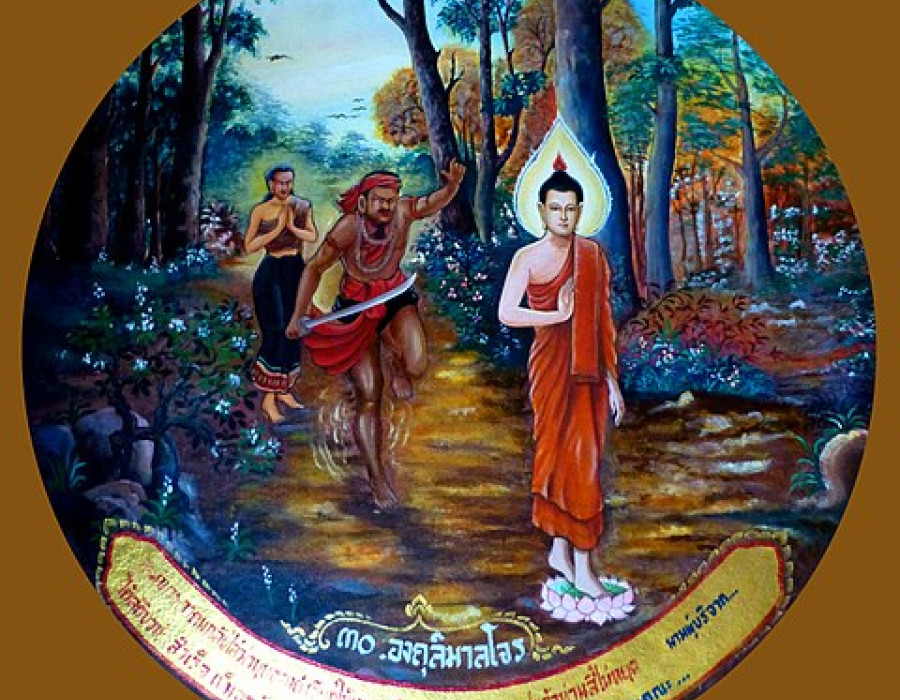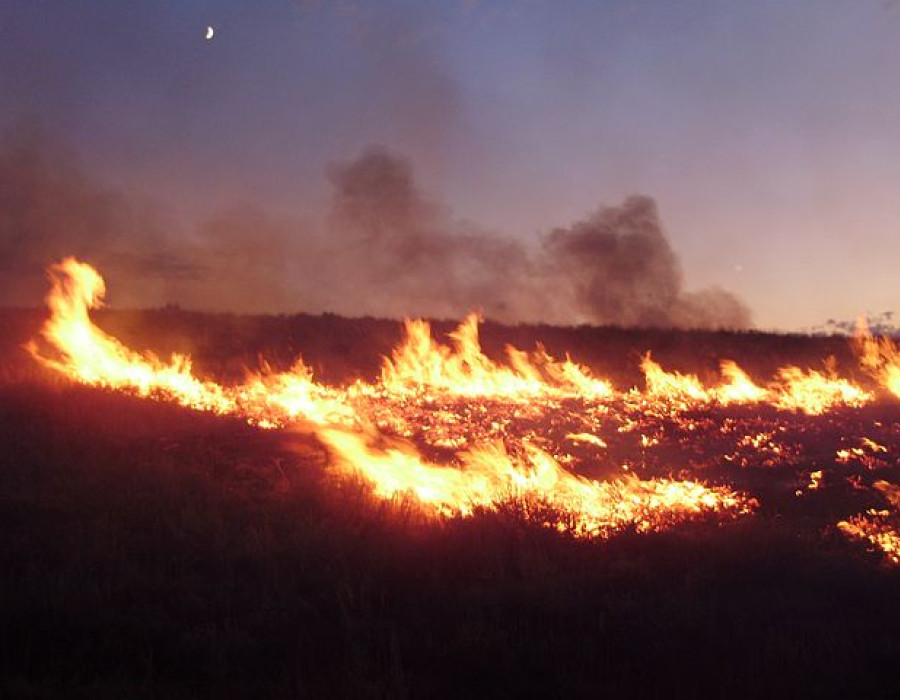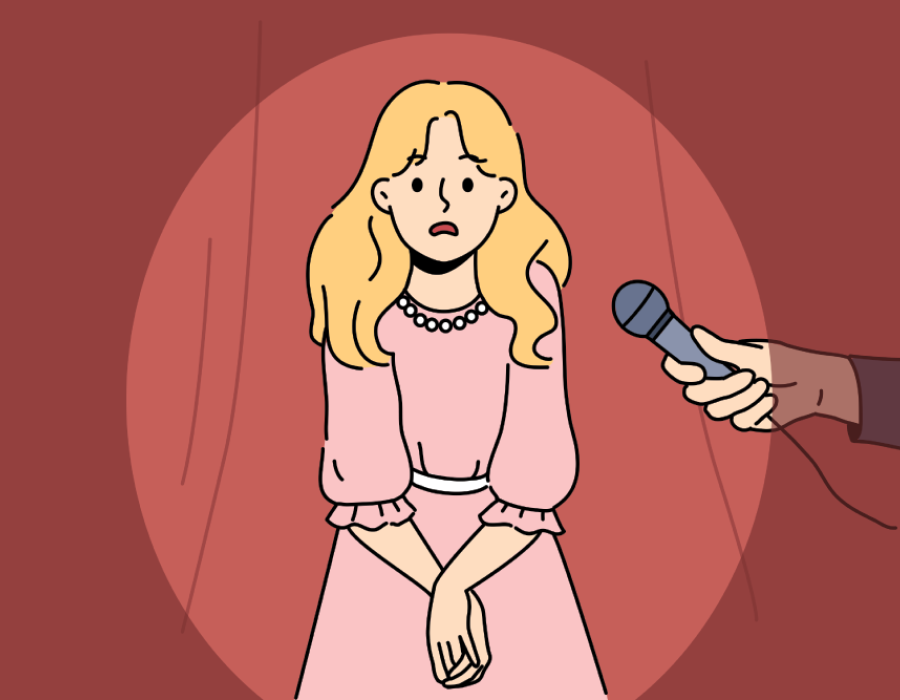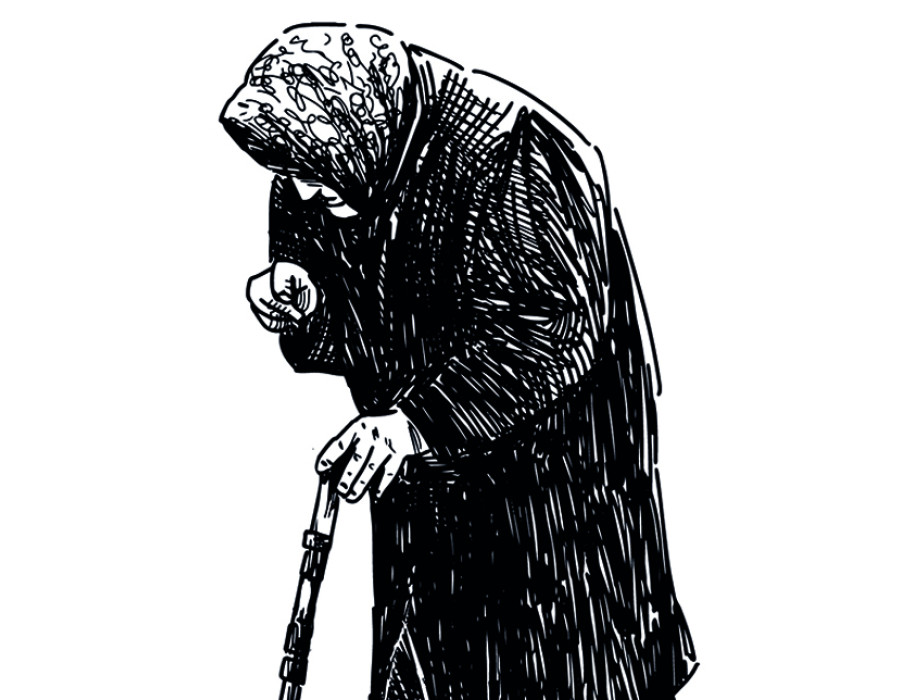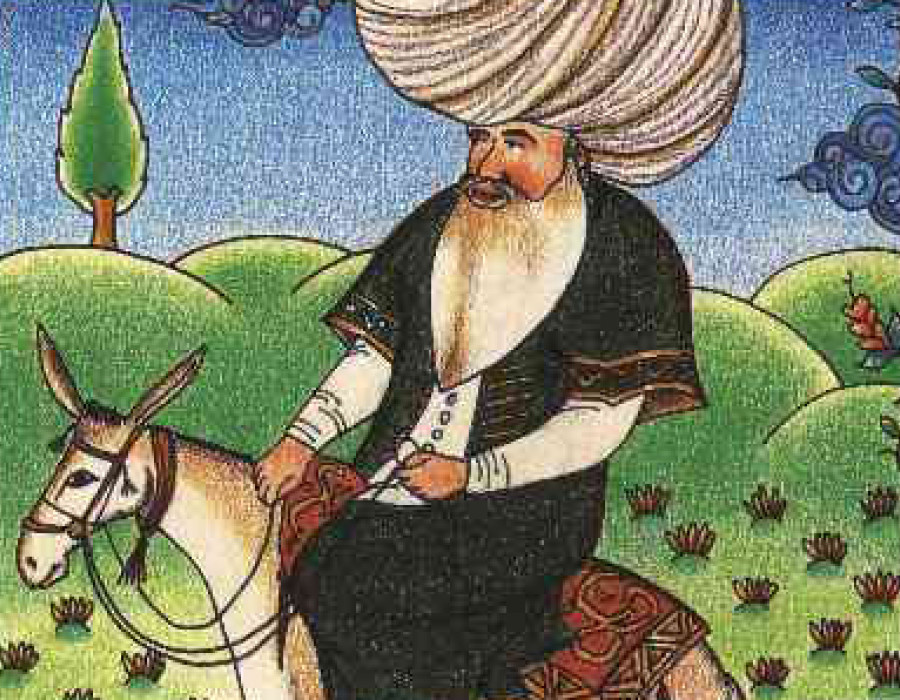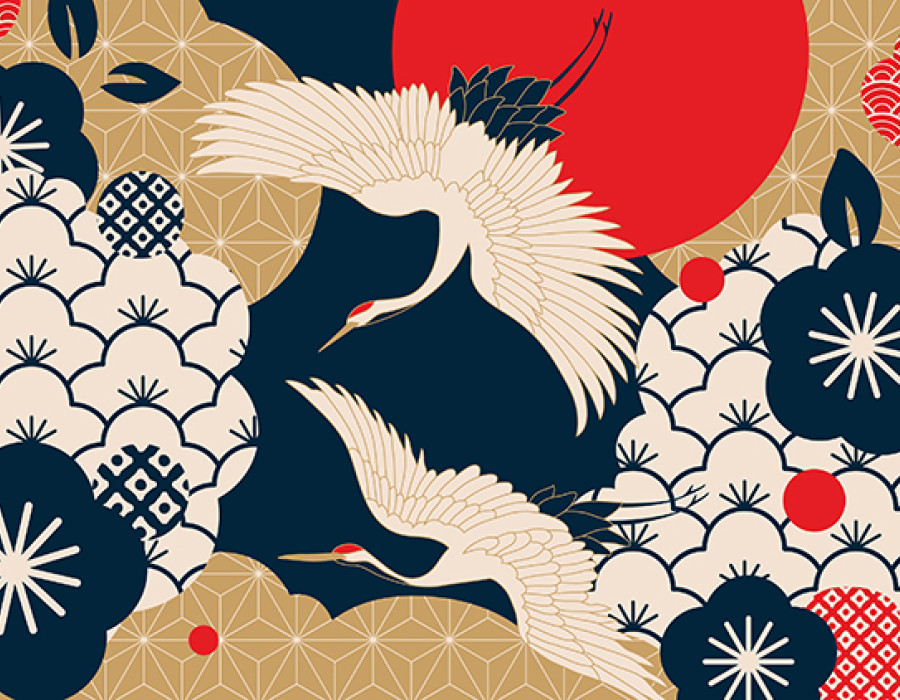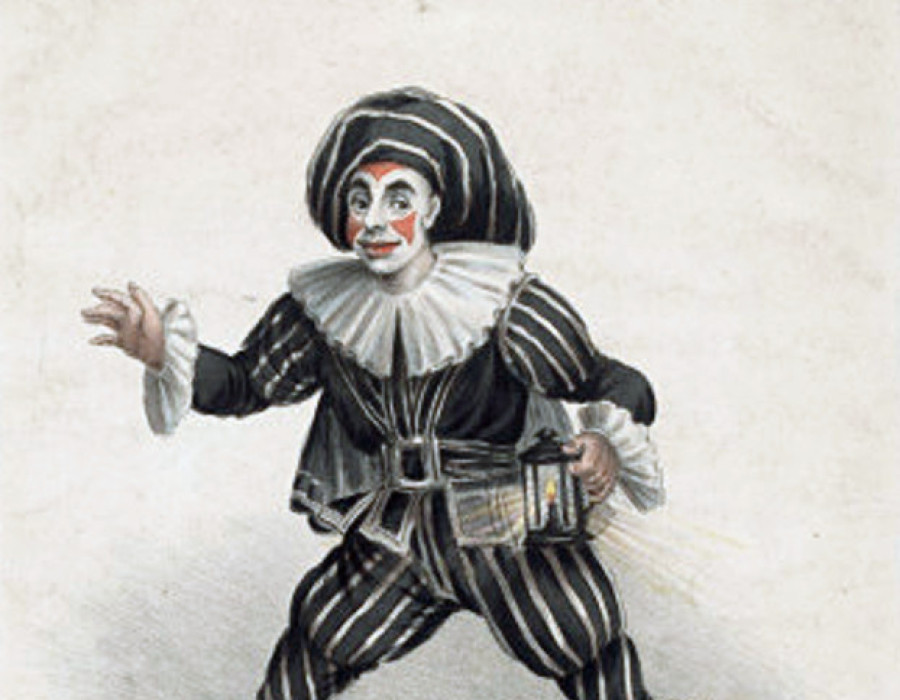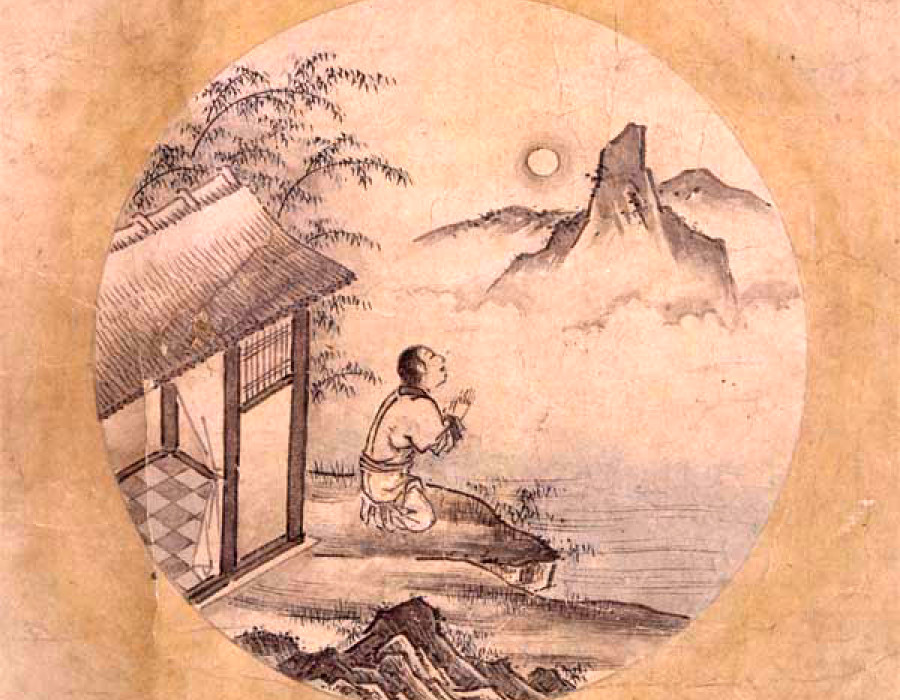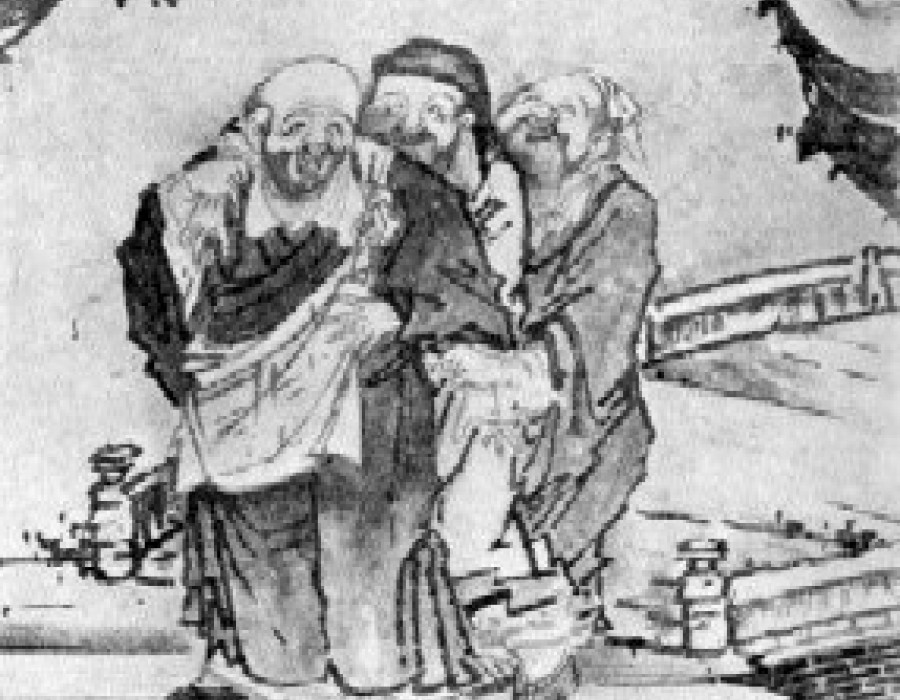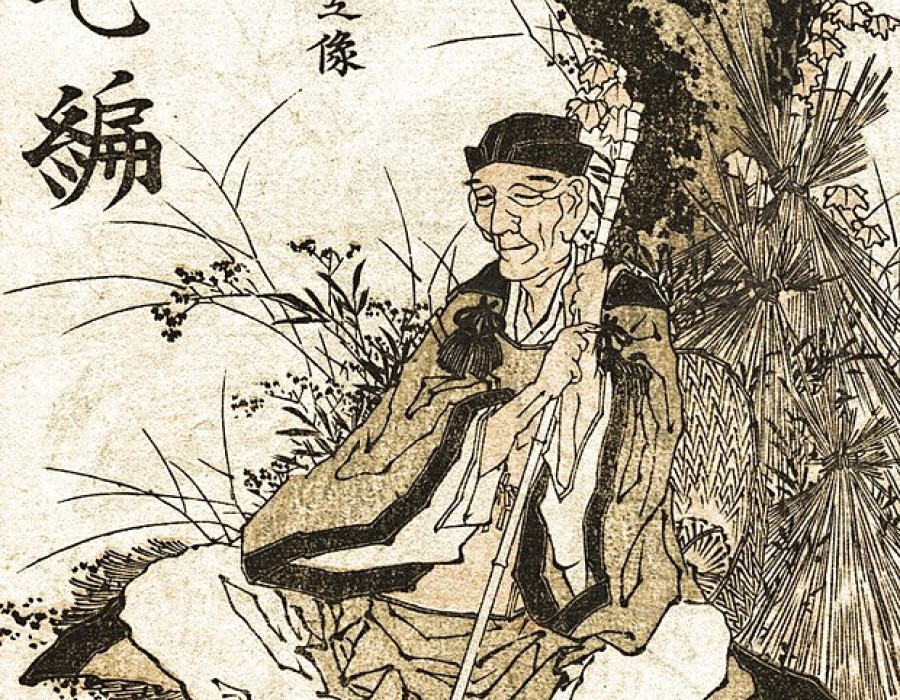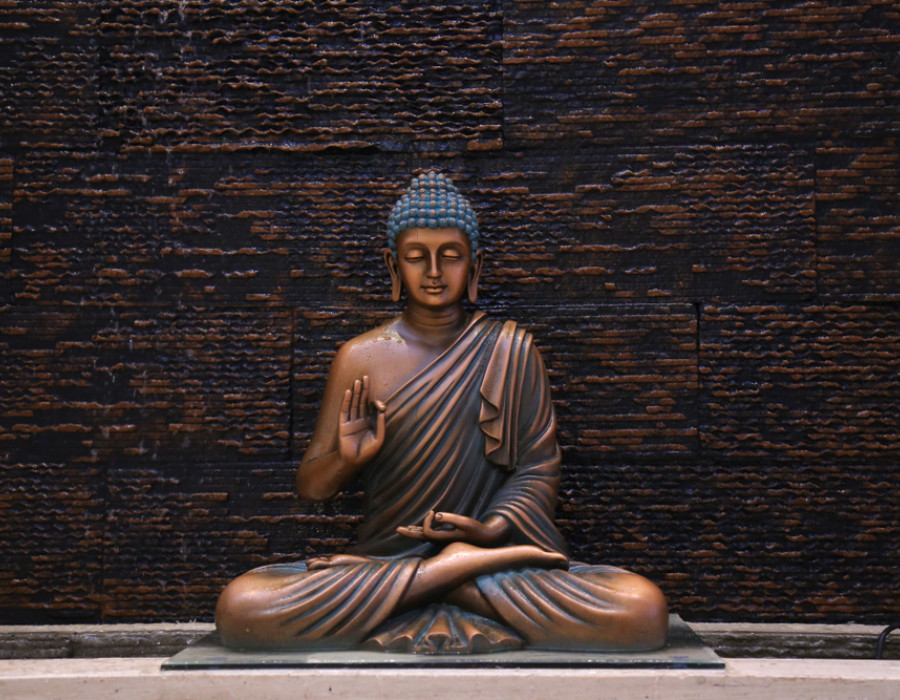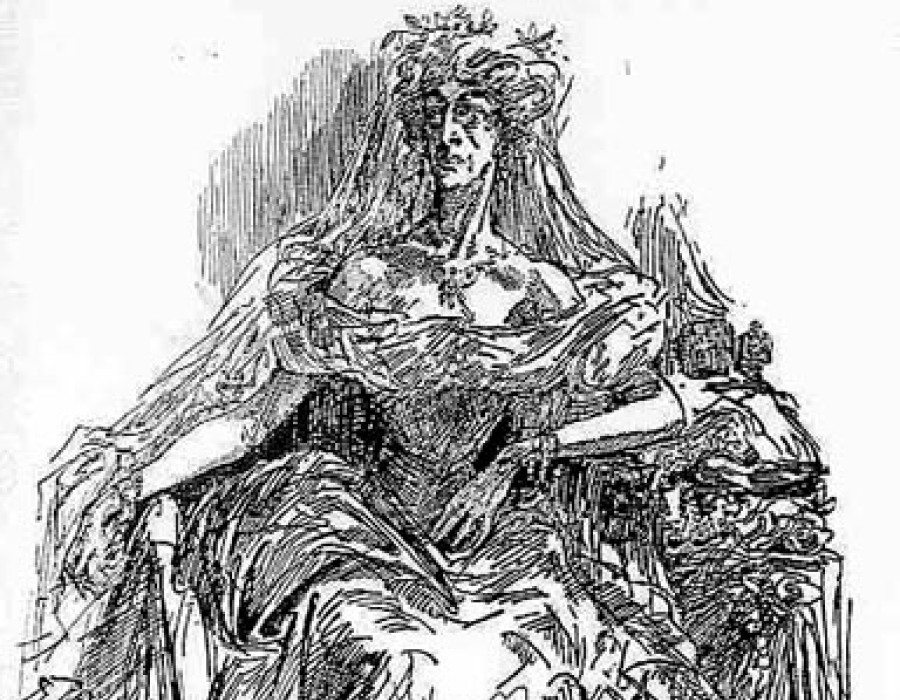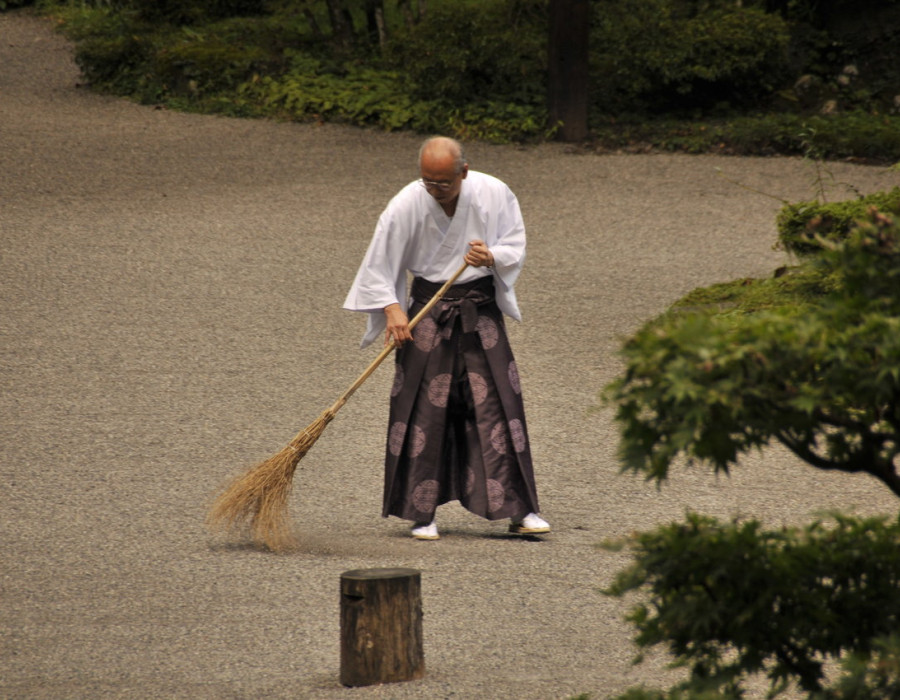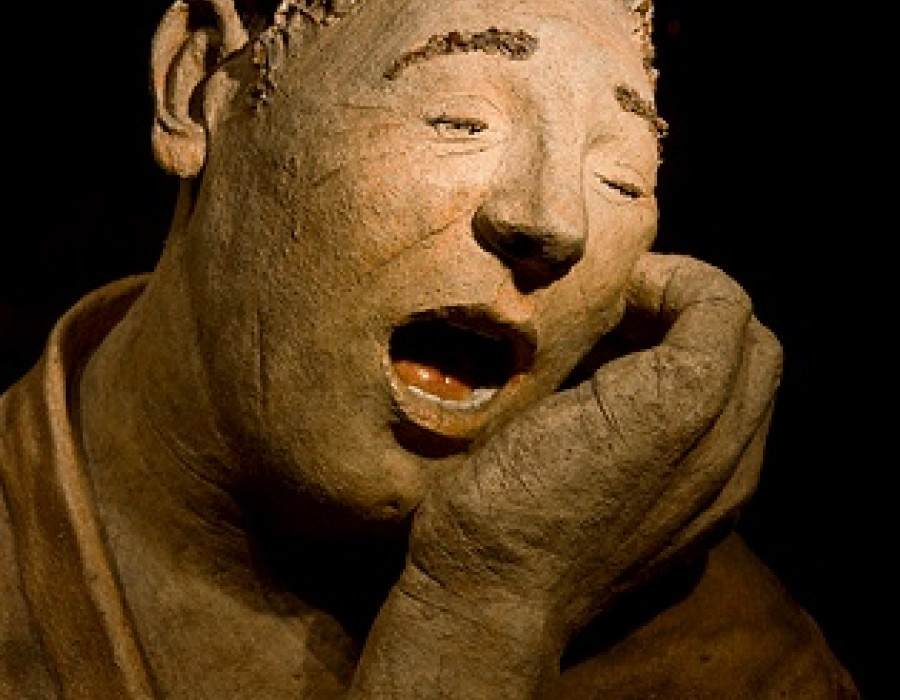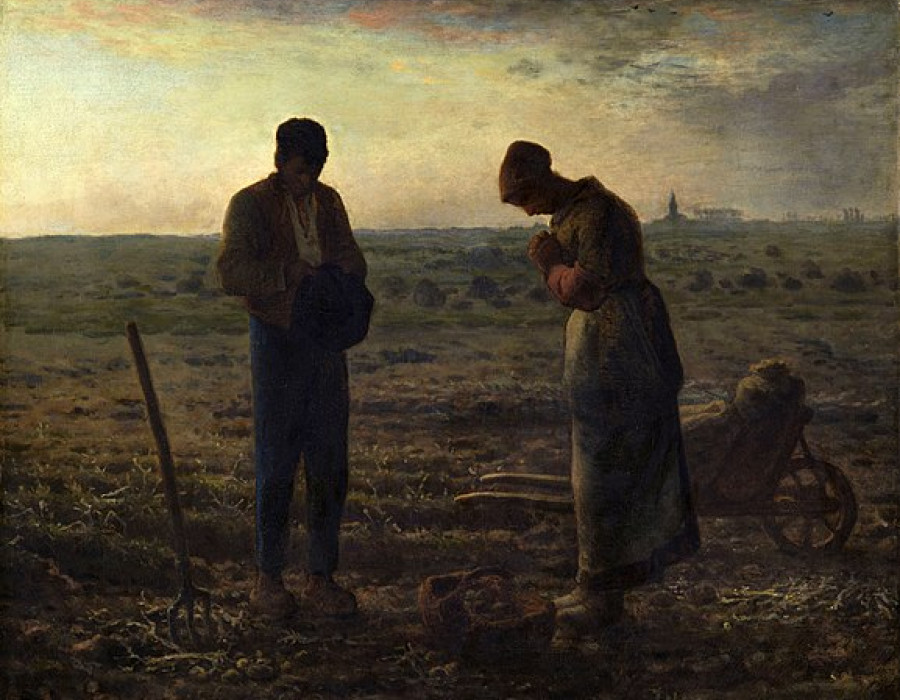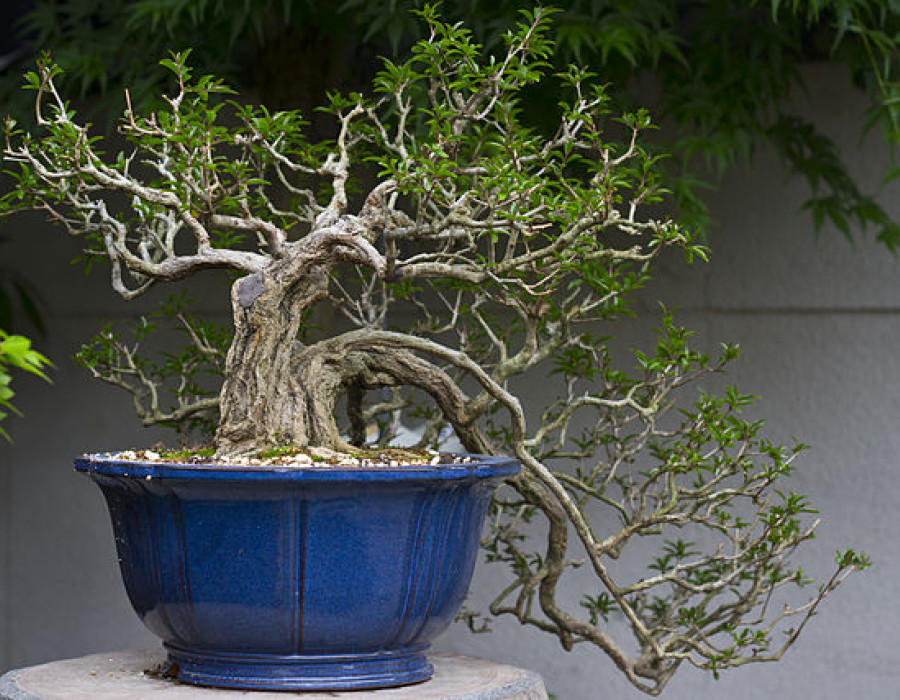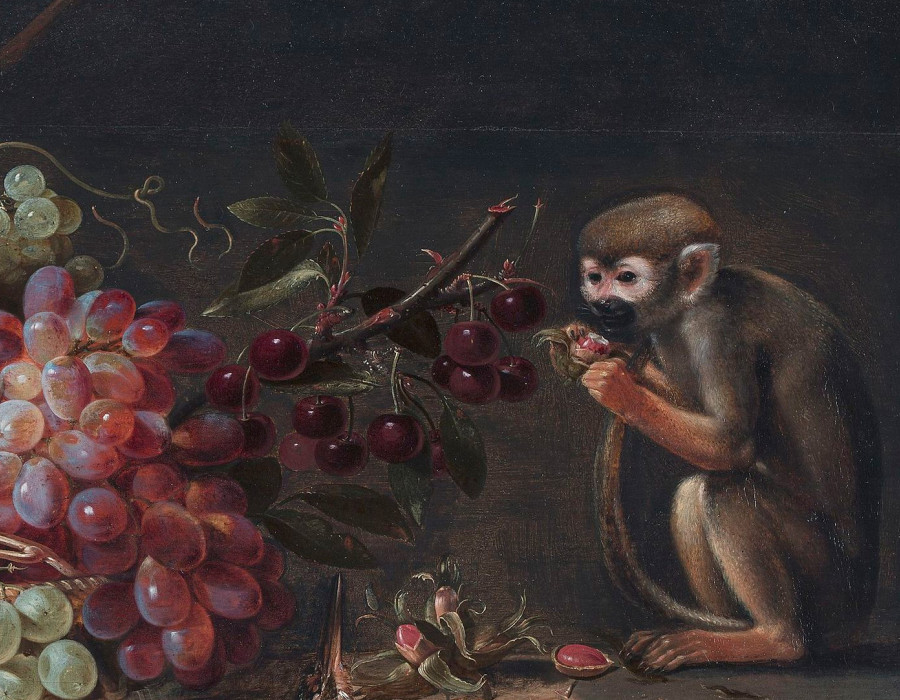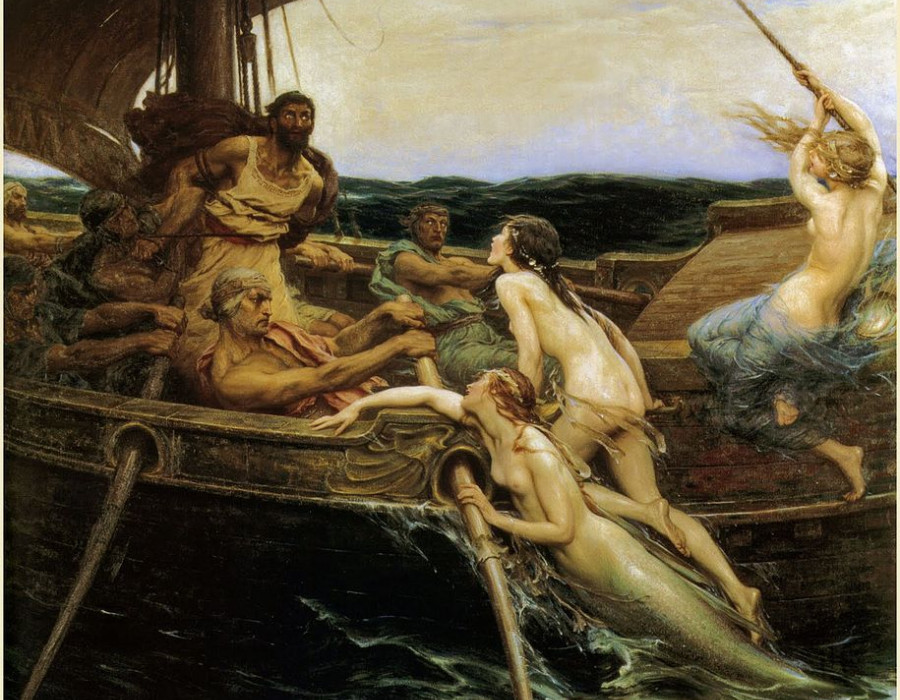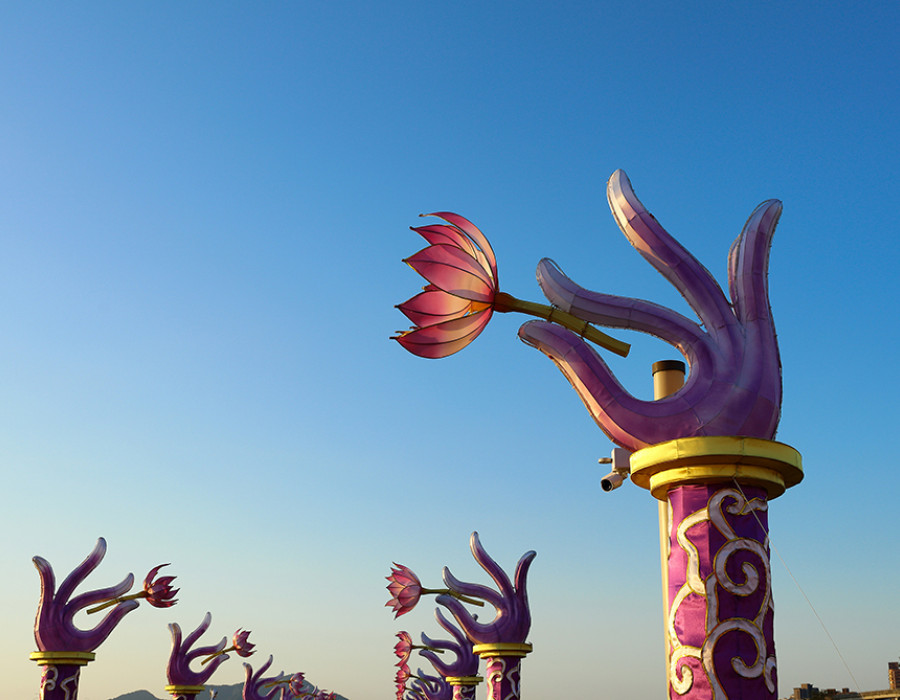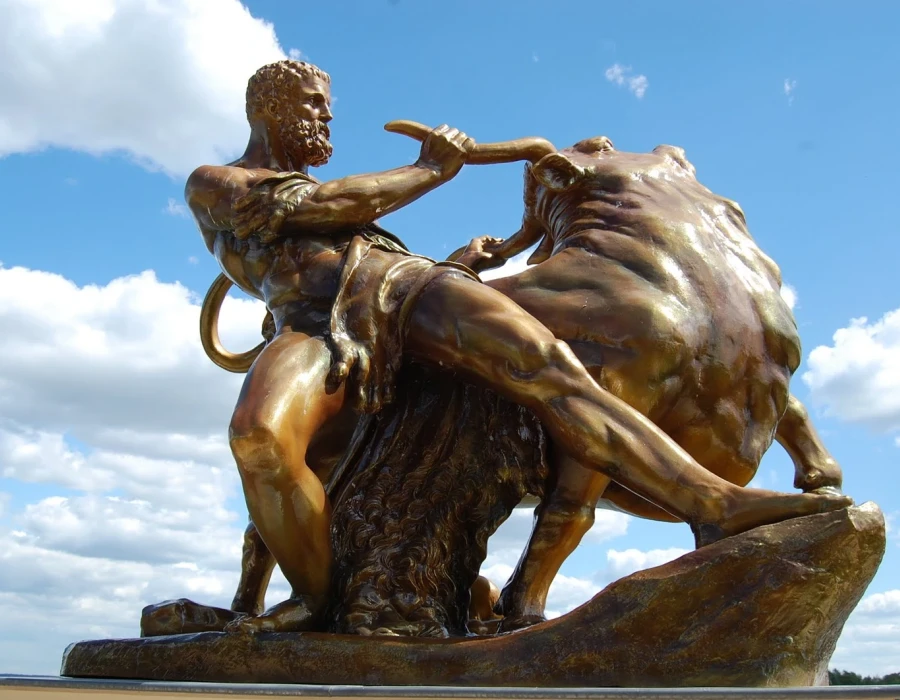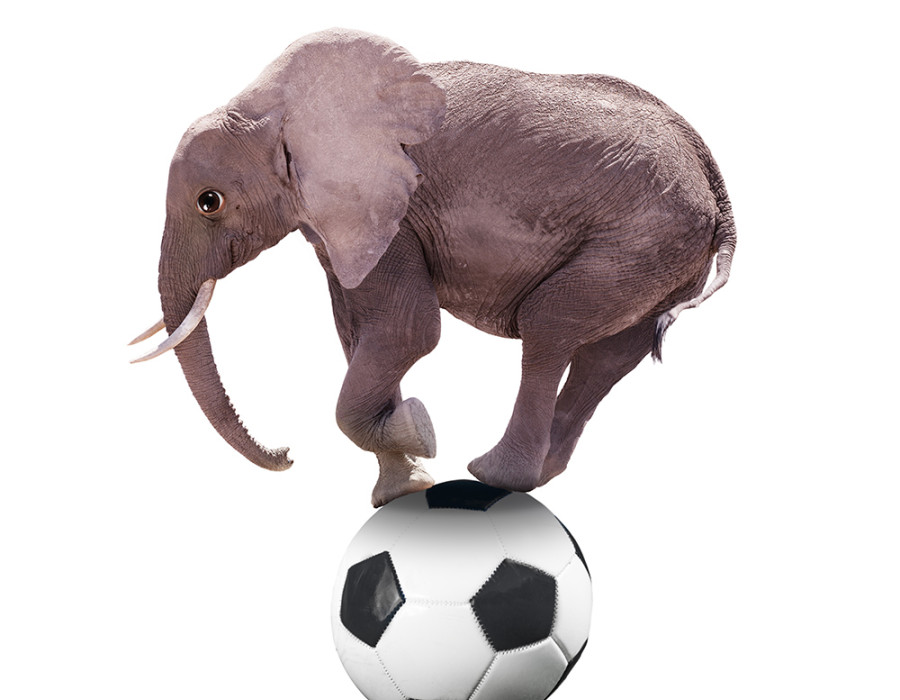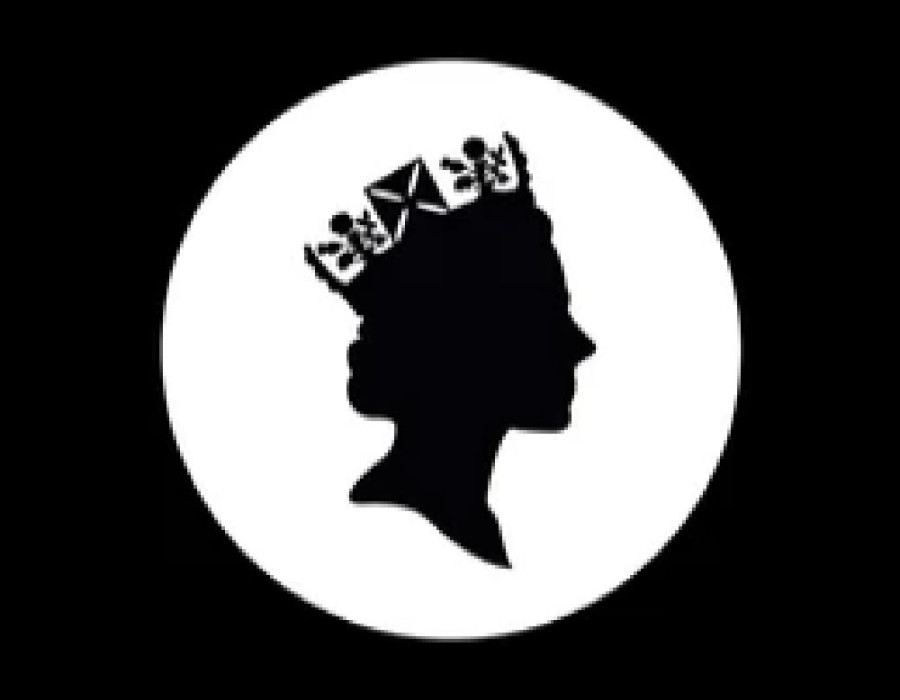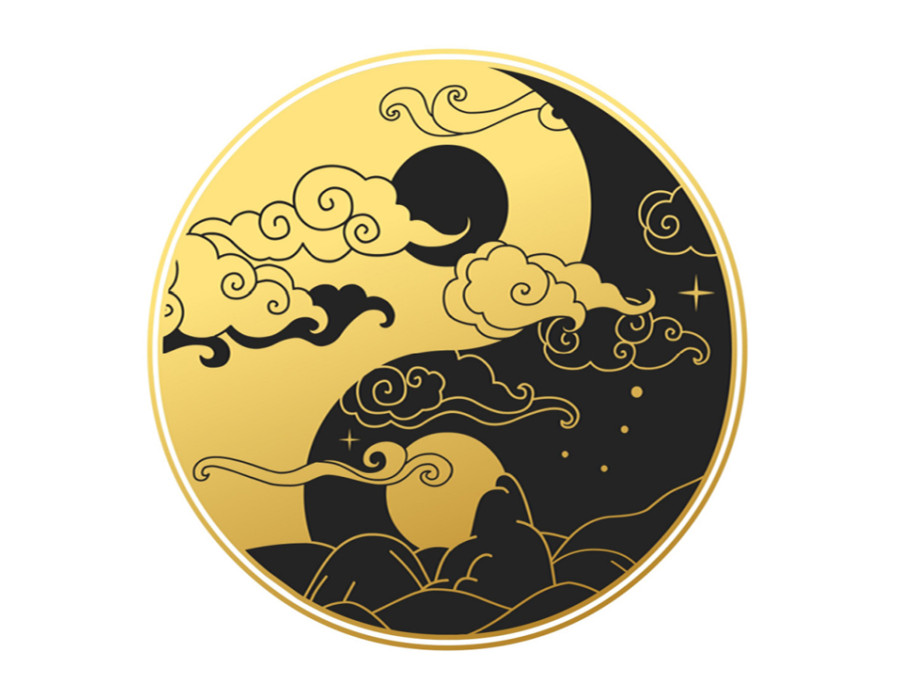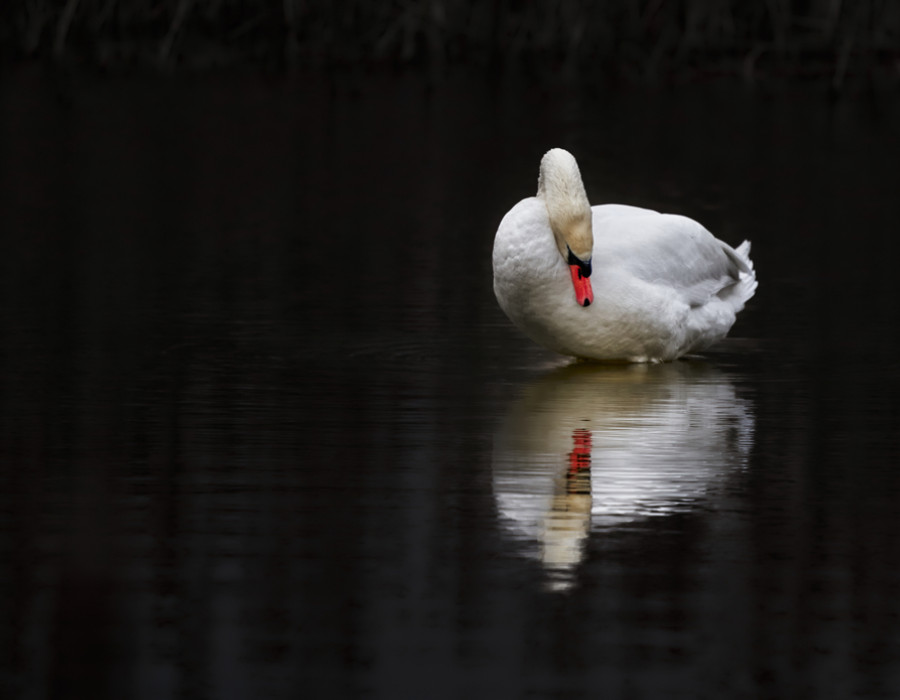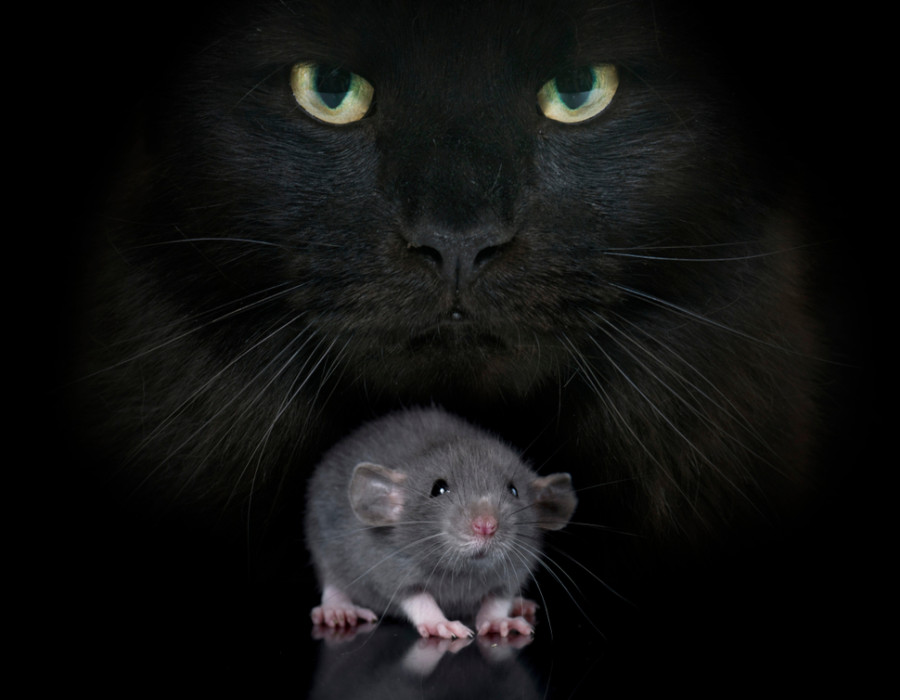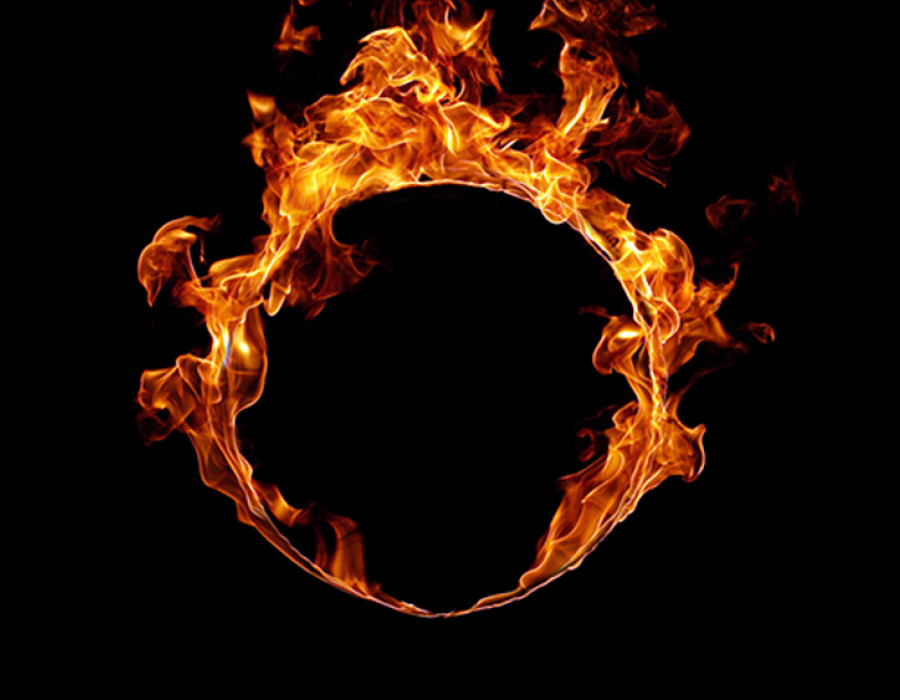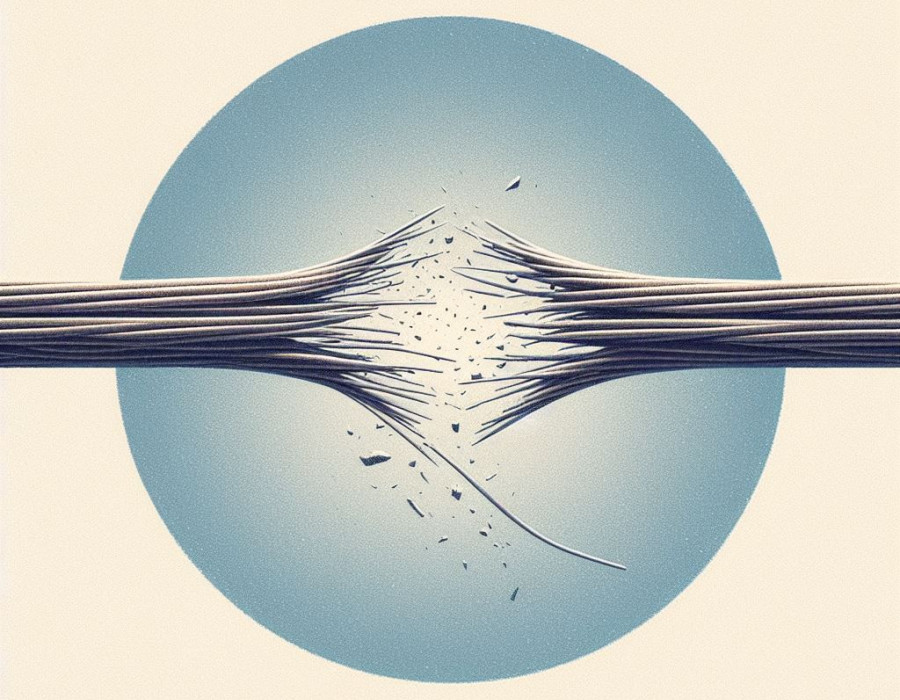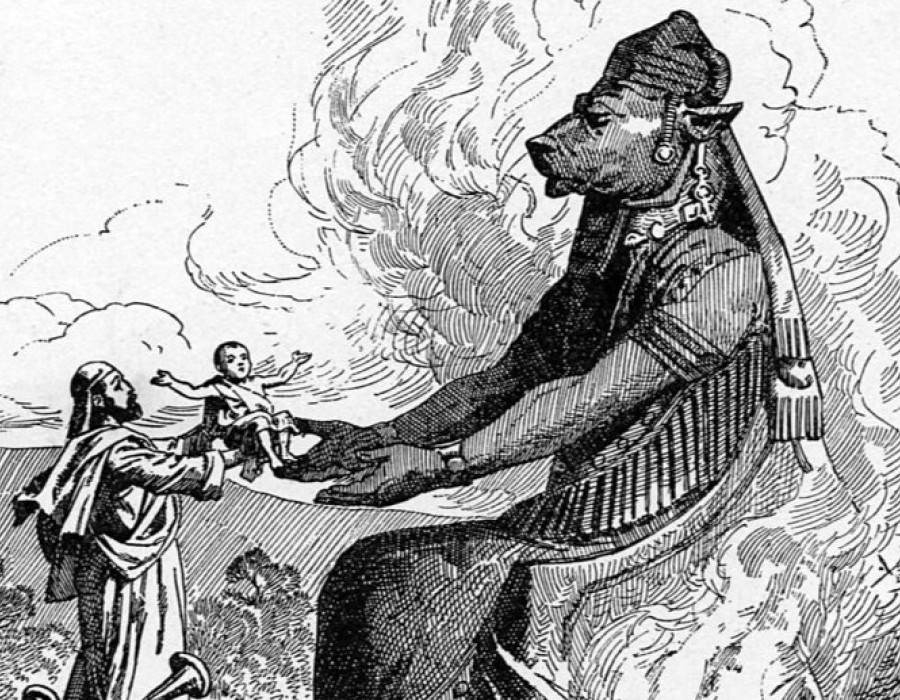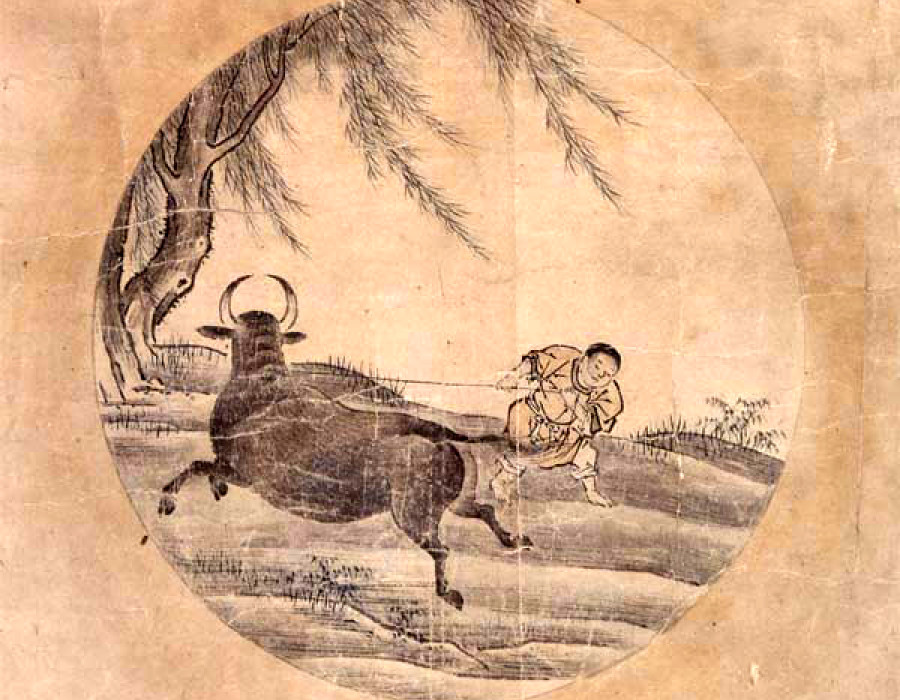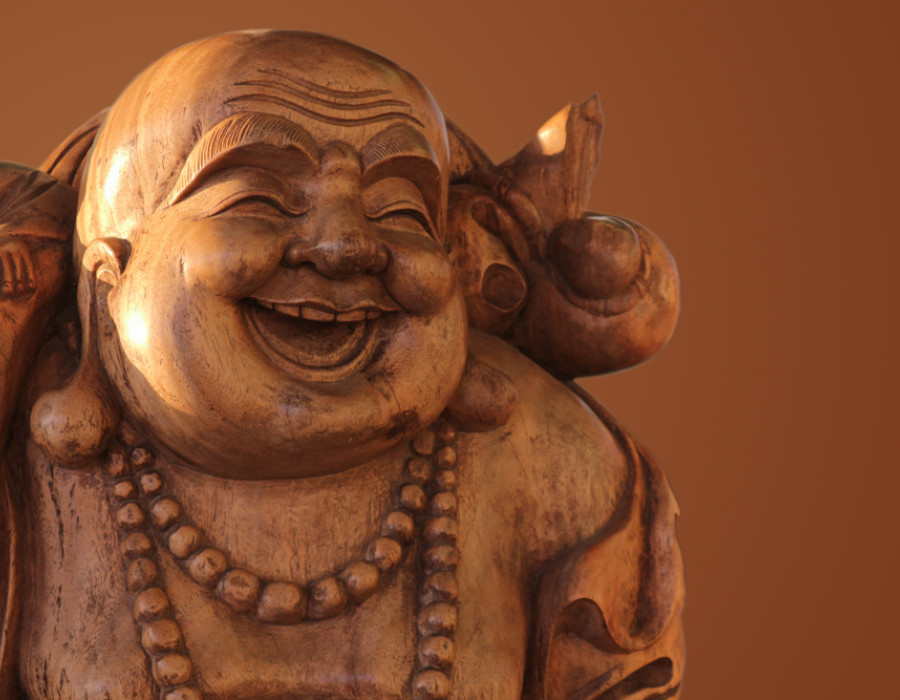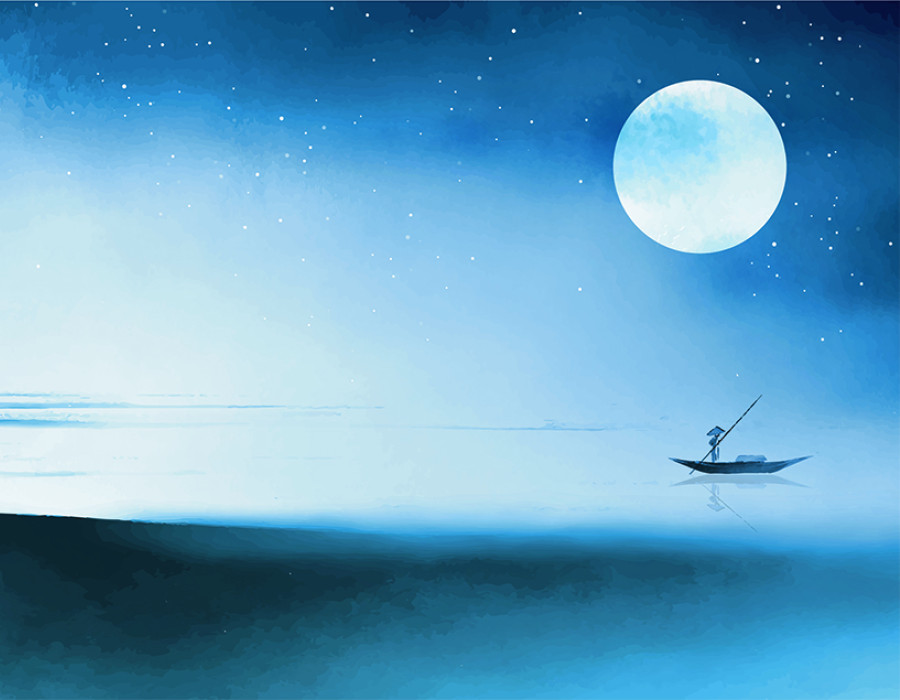Jenny Hall
Verses from The Dhammapada 402
When pain or suffering arises it is natural to try and avoid it. To find the way out of suffering however the only way is through it.
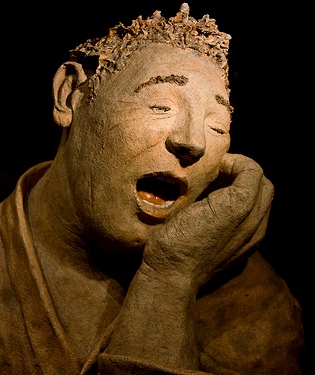
Aching tooth: This statue is in the window of a dentist's in Blackheath.
garryknight, CC BY-SA 2.0, via Wikimedia Commons
'He is a Brahmin who has ended his suffering in this life and has laid down his burden.’
This verse points to the second aspect of the Buddha’s teaching known as The Three Signs of Being - suffering or dukkha.
Most of us are very privileged. We possess much more than the basic necessities of food, shelter and clothing. The Covid pandemic aside, perhaps we have become somewhat inured to the constant stream in the media of natural disasters, famine and war. Despite this we may be aware of dissatisfaction simmering in the background of our lives. Fear, however, often prevents the exploration of this feeling of unease.
For many months there was a dull ache in the side of my face. It was easy to ignore, being intermittent. Occasionally the thought arose that maybe it should be checked out sometime. It was forgotten until the pain flared up again. Finally, it became apparent that it urgently needed attention. The dentist confirmed there was an impacted and infected wisdom tooth under the gum. An operation under general anaesthetic was required to remove it. Although we attempt to distance ourselves from suffering like the wisdom tooth, it needs to be faced. The Buddha himself said,
‘Suffering I teach and the way out of suffering.’
Suffering may be physical or mental. it is the nature of the body to be born, to grow old, to become ill and finally to die; physical pain is a fact of life. Unlike our forebears, we are fortunate to have recourse to ways of minimising it. However, it can’t be avoided completely.
Whilst waiting for the wisdom tooth operation, the pain offered a valuable training opportunity. During zazen, when it flared, there was the tendency to resist it. Thoughts of reaching for the pain killer arose. When these thoughts were allowed to disappear, the pain was just allowed to be. Sometimes, it increased. Sometimes it lessened. Sometimes it faded completely. Like everything it was subject to change. When all reflections on these changes were emptied out, ‘I’ vanished with them. ‘choiceless awareness’, the Buddha Nature opened. There was just the pain and no one to name it.
In a constantly changing world there is no immutable security. Mental suffering is caused by clinging to the ephemeral. We attempt to hold tightly to what pleases us and resist what we dislike.
A consultant warned that removing the wisdom tooth could damage nerves in the lip, tongue and chin. The tooth however had to go. Anxiety began to arise. Medical books were consulted. I was soon composing ‘the story of my wisdom tooth’ in my head. When family and friends asked how I was there was a certain satisfaction in recounting ’the story’. Then there was the sudden realisation that this is how we attempt to build up a permanent image of ourselves. I was allowing anxiety to fuel it. I was failing actually to meet the underlying energy. Consequently,there was a determined effort to give myself wholeheartedly into it. When fearful thoughts arose there was a wholehearted giving myself into what was being done. When ‘choiceless awareness’ opened, fear had melted way. The ‘wisdom tooth story’ had disappeared. A quiet listening took its place. Hans Christian Anderson’s story called ‘The Wild Swans’ points to the importance of embracing suffering for the benefit of all.
There was once a girl called Elise who had eleven brothers. Their stepmother sent her to an elderly couple to be brought up in the forest. The stepmother turned the brothers into swans. One day they appeared to Elise by a lake. They explained that they lived as swans during the day. At night they became humans again. A fairy appeared to Elise in a dream. She revealed how Elise could free her brothers from the enchantment. She was told to pick stinging nettles with her bare hands and then crush them with her bare feet. She was told she must suffer the hot, painful burning and blistering. She then must twist the nettles into flax. This flax could be used to weave eleven long sleeved shirts. When they were thrown over the swans, they would be changed back into humans again. Elise was ordered to keep completely silent as she worked. Elise gladly obeyed the fairy for her brothers’ sake. After many trials she completed the shirts except for one sleeve. They were thrown over the swans. The spell was broken. They all turned into princes. One brother however retained a wing instead of an arm.
The swans symbolise our estrangement from the Buddha Nature through self-consciousness. Elise’s bearing the nettle burns points to meeting and suffering physical and mental pain. Elise’s silence reveals the self- emptying- out that occurs when daily tasks are wholeheartedly given into. The transformation into princes reflects the Buddha Nature being realised. The remaining wing reminds us that the training continues from moment to moment. It never ends. As the burden of ‘me’ is laid down, there is the joyful discovery that Hakuin spoke of,
‘Suffering alone exists, but no-one who suffers.’


